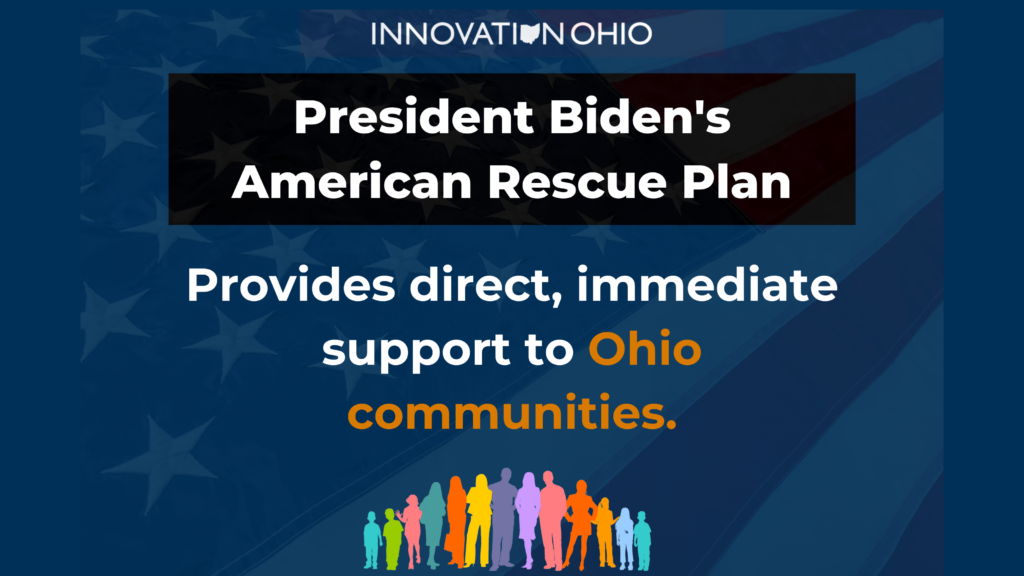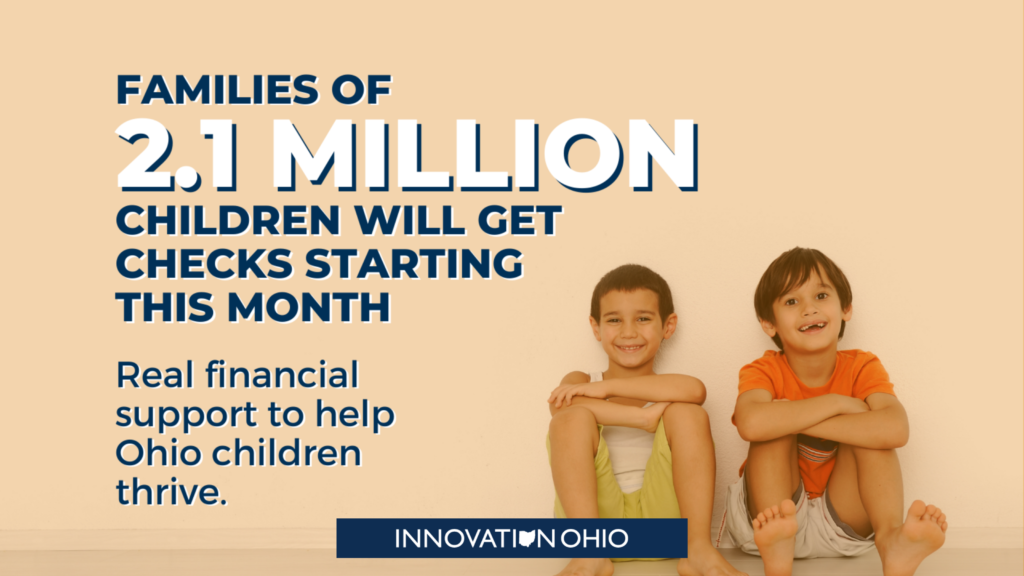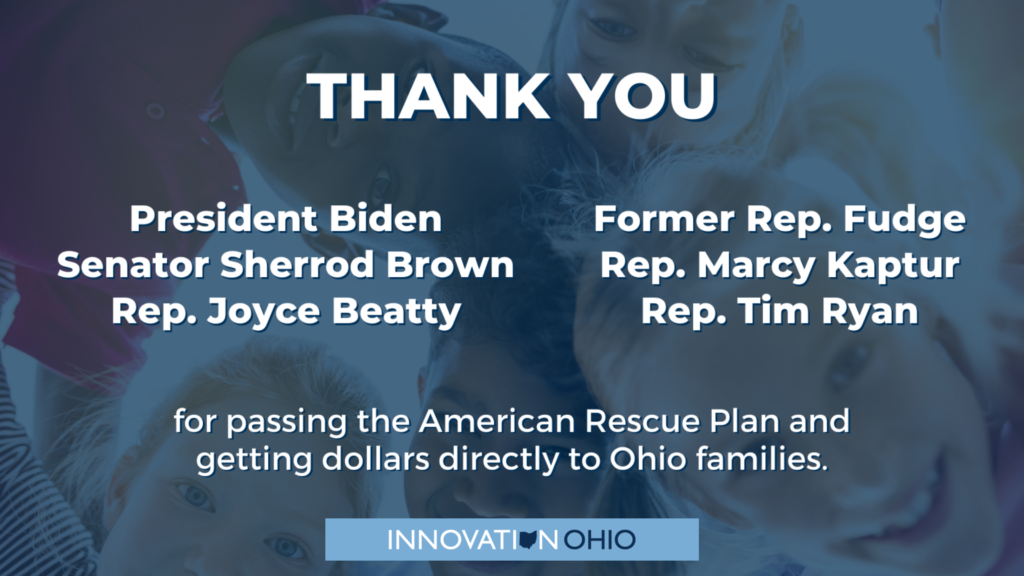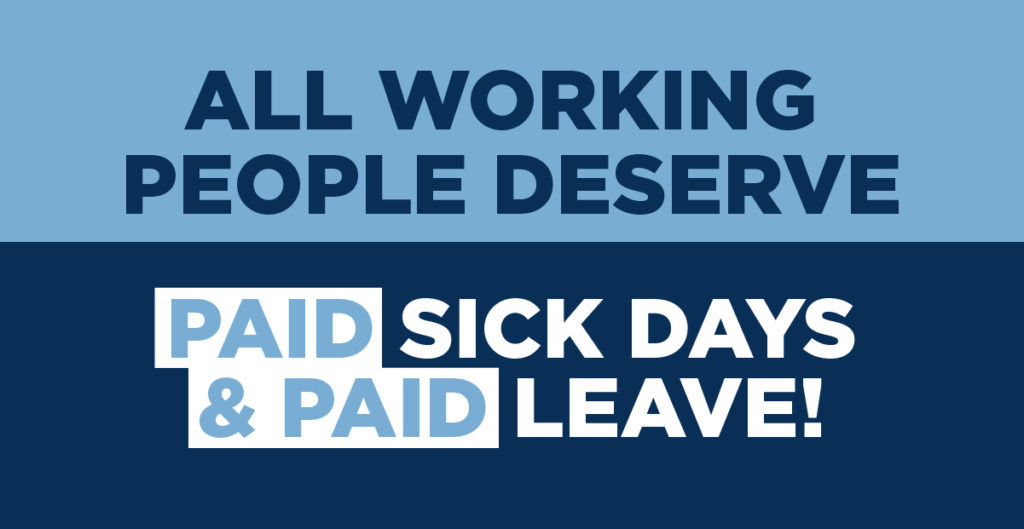
Today, Desiree Tims, President and CEO of Innovation Ohio, released the following statement praising the passage of President Biden’s Build Back Better agenda through the House, and urging its quick passage through the Senate:
“President Biden’s Build Back Better plan just took a big step forward on the path to becoming law — and Ohio families are ready.
“This bill will lower the cost of prescription drugs, establish universal Pre-K, provide tax breaks for clean energy, and expand the Child Tax Credit. It will even cut taxes for millions of families and small businesses. The benefits are seemingly endless.
“I’m thrilled that Ohio’s Democratic delegation voted in favor of the Build Back Better plan. It is clear that the vast majority of Ohioans support this agenda, which will provide relief to hardworking families.
“The president’s Build Back Better plan will provide the crucial care infrastructure Ohio parents and children need. Let’s get this bill across the finish line and through the Senate — and let’s make sure it includes paid leave.“











